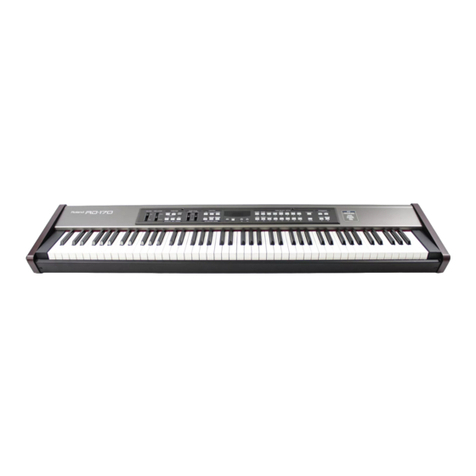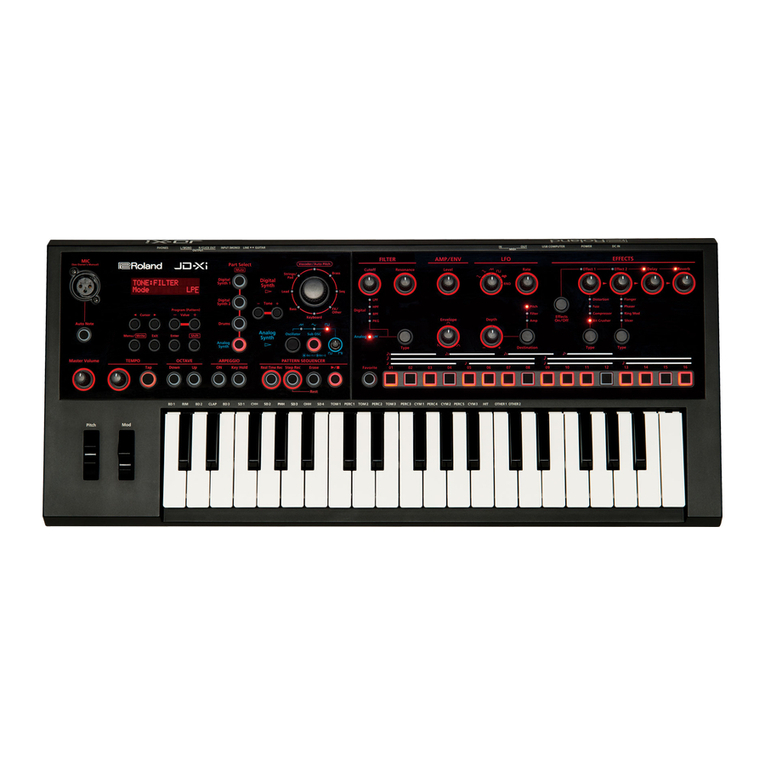Roland HP 3700 User manual
Other Roland Musical Instrument manuals

Roland
Roland HP550G User manual
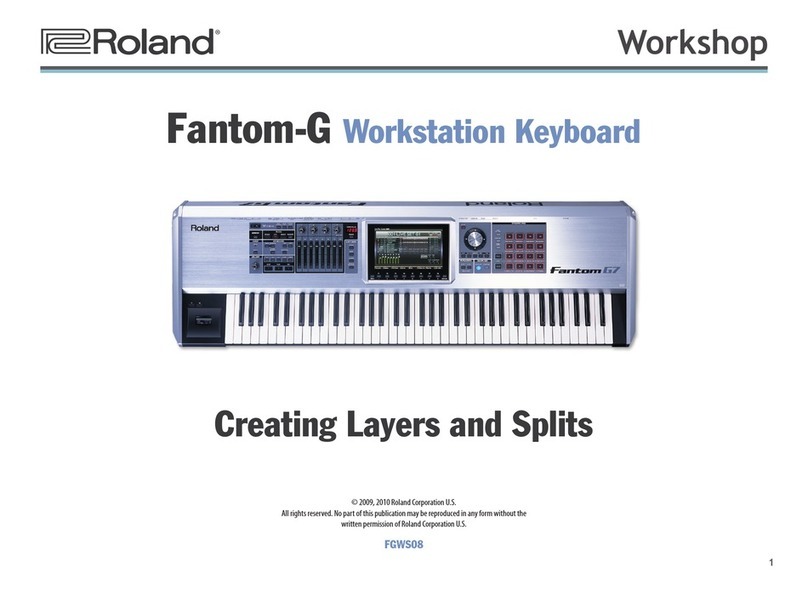
Roland
Roland Fantom-G none Instruction manual
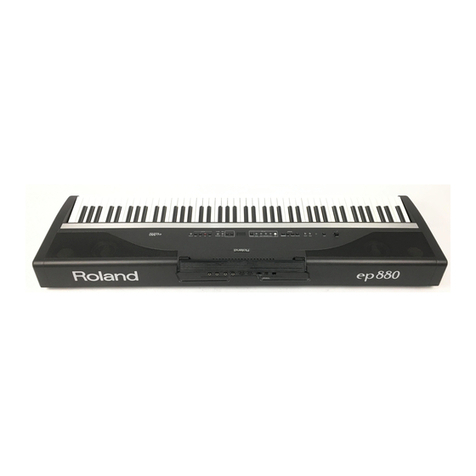
Roland
Roland EP-880 User manual

Roland
Roland HP508 User manual
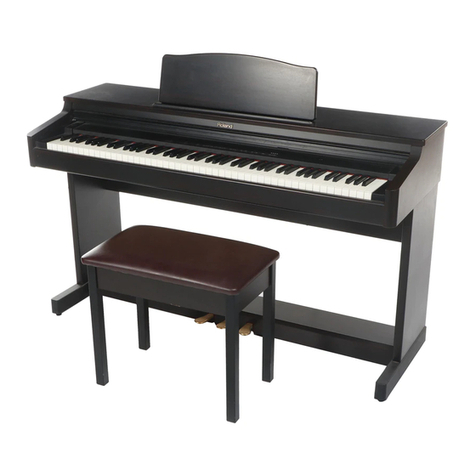
Roland
Roland HP 236 User manual

Roland
Roland HP 137 User manual
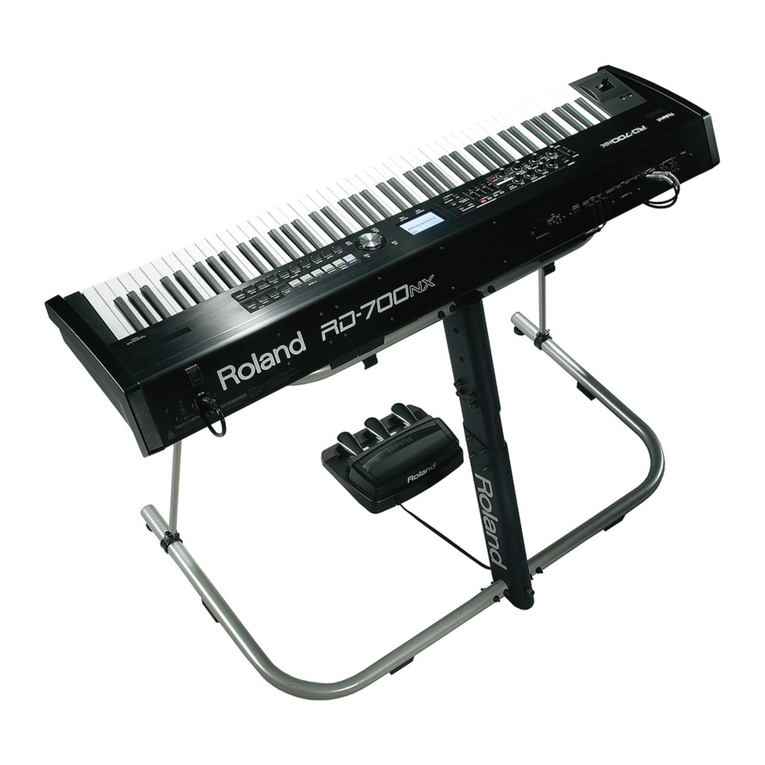
Roland
Roland RD-700NX Technical manual

Roland
Roland RP301R User manual

Roland
Roland FR-3X V-Accordion User manual
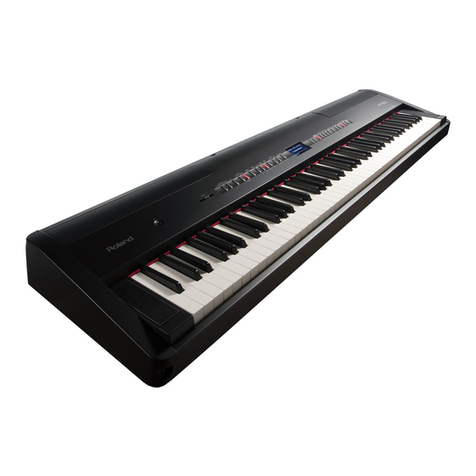
Roland
Roland FP-8 User manual

Roland
Roland 5500 User manual
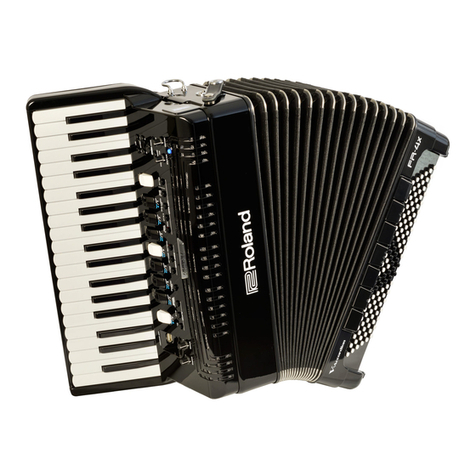
Roland
Roland FR-4X User manual
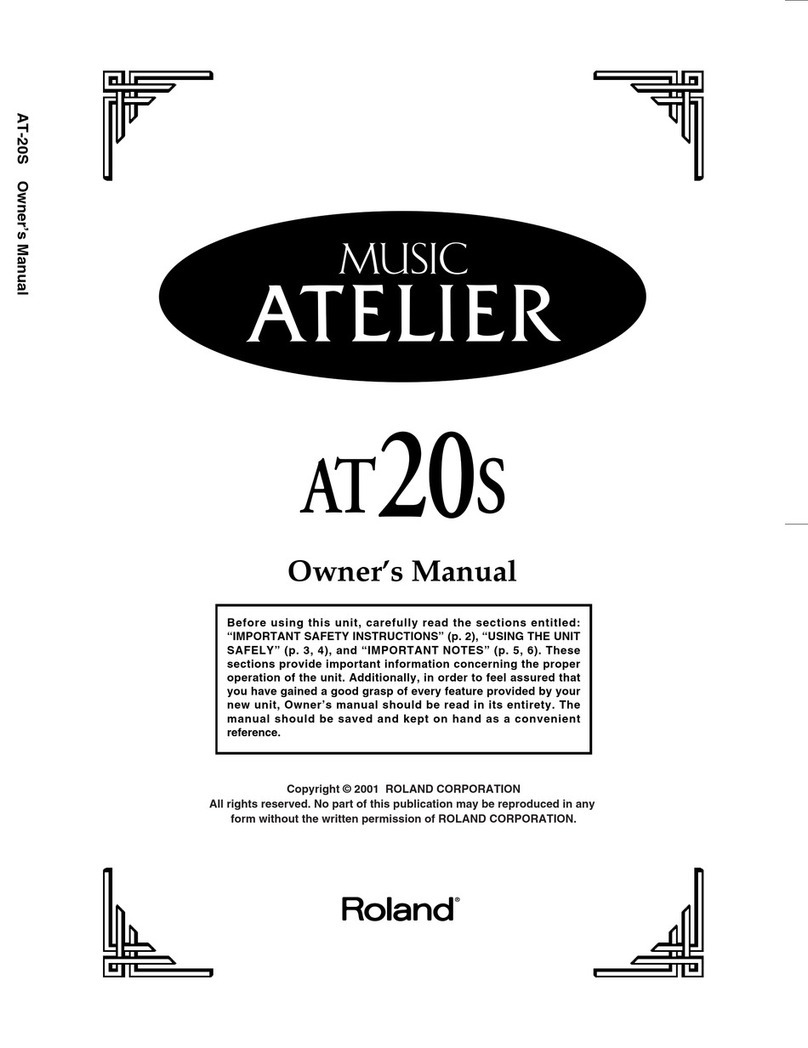
Roland
Roland Music Atelier AT20s User manual
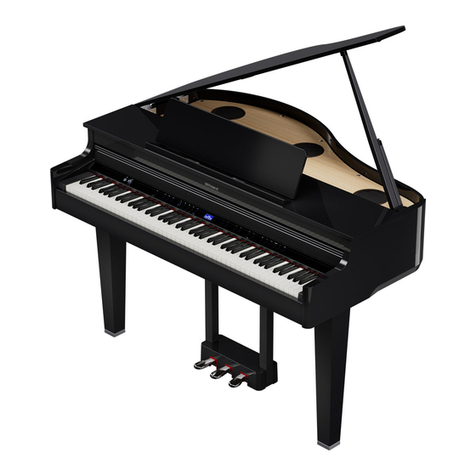
Roland
Roland GP-6 User manual
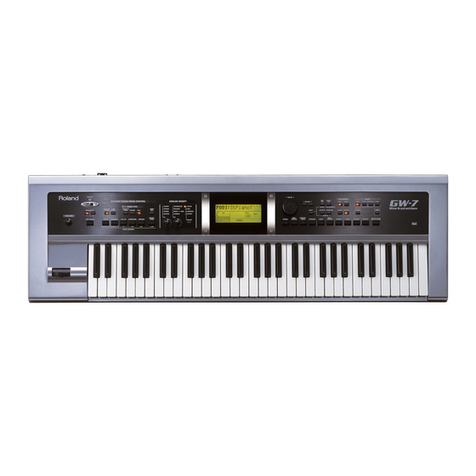
Roland
Roland GW-7 User manual
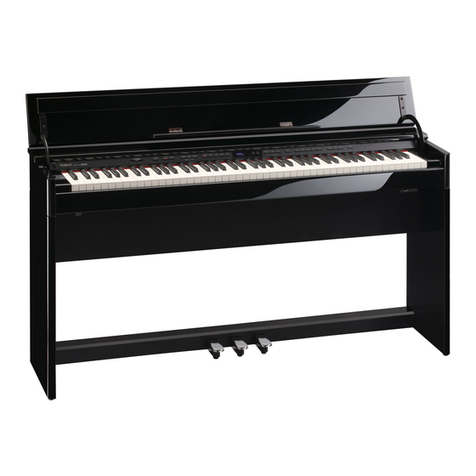
Roland
Roland DP90e User manual

Roland
Roland HP-147Re User manual

Roland
Roland HP 535 User manual

Roland
Roland KR-770 User manual

Roland
Roland DP-990R User manual

